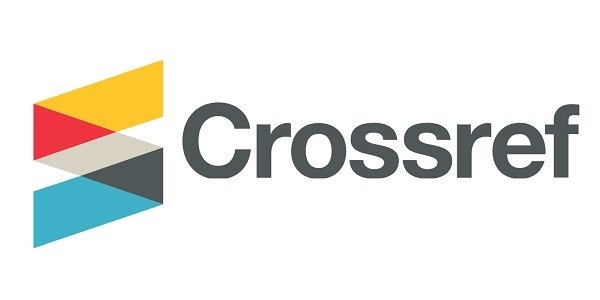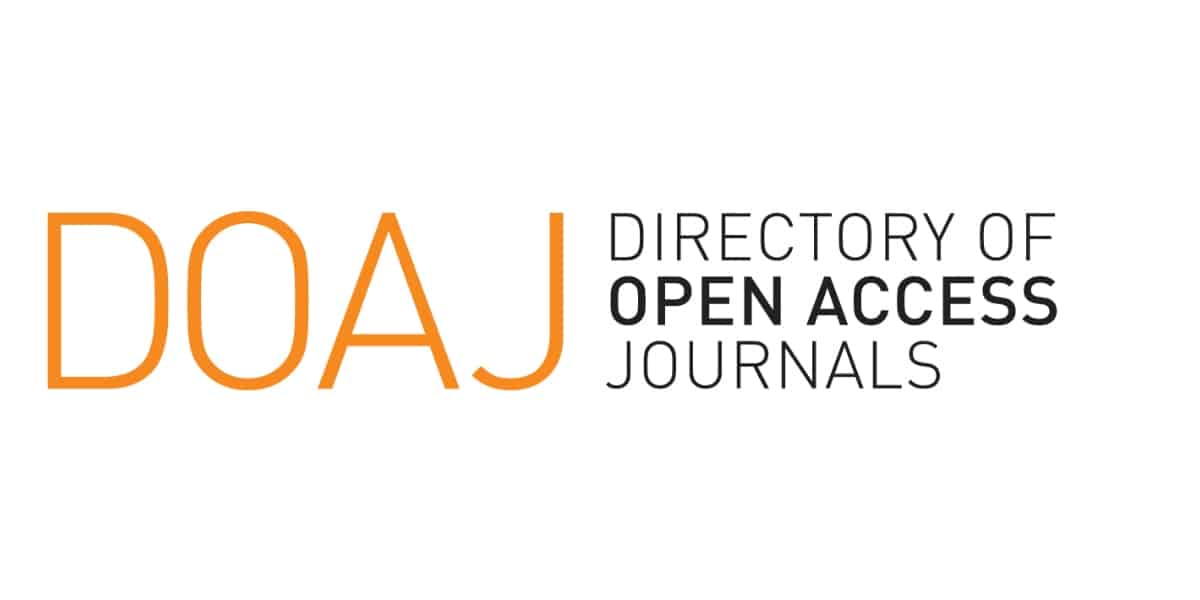KAJIAN DAMPAK LINGKUNGAN PRODUK TEPUNG AGAR MENGGUNAKAN METODE LIFE CYCLE ASSESSMENT (LCA)
DOI:
https://doi.org/10.24961/j.tek.ind.pert.2021.31.3.343Abstract
Gracilaria sp is one type of red algae seaweed that has been developed in Indonesia. Gracilaria sp is
used as raw material for agar flour. Currently, agar flour is widely used to meet the needs of both food and nonfood industries. Therefore, agar flour must be developed to obtain the best quality, adequate quantity, and ecofriendly. This study aimed to identify the inputs, outputs, and environmental impacts of the agar flour product's
life cycle, determine the source of the impact (hotspot), and recommend improvement scenarios. The method used
to analyze the environmental impact caused by a product was life cycle assessment (LCA). The scope of the LCA
study was cradle to gate, namely cultivation of Gracilaria sp, transportation of raw material to industry, and
production process in the industry. The environmental impact study was global warming with CO2eq unit,
acidification with SO2eq unit, and eutrophication with PO4eq unit. Based on the research, the impacts of global
warming, acidification, and eutrophication on the life cycle of agar flour were 26.28 kg-CO2eq/kg agar flour, 0.18
kg-SO2eq/kg agar flour, and 0.03 kg-PO4eq/kg, respectively. The production process unit was hotspot for the
impact of global warming, acidification, and eutrophication on the life cycle of agar flour. The improvement
scenarios to reduce the environmental impacts included replacing urea with NPK fertilizer, finding suppliers of
raw materials closer to the industry, and replacing coal with Compressed Natural Gas (CNG).
Keywords: agar flour, environmental impact, global warming, life cycle assessment


_page-00013.jpg)






_(1).png)
